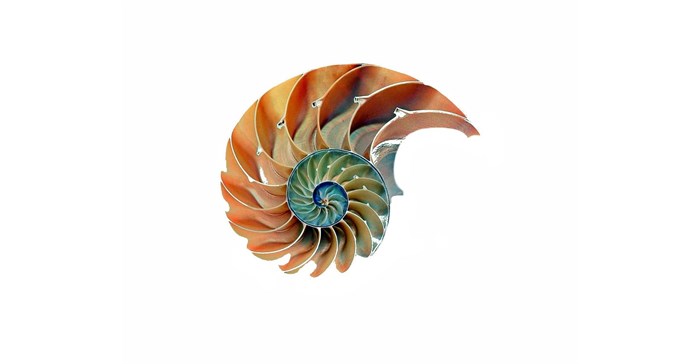
Meaning to copy or mimic nature, she explained how exponential technologies, such as sensoring, ICT, 3D printing, AI, robotics, drones, all involve biomimicry. "AI and neurotech are copying the human brain and how it works, robotics is only copying biology, drones are merely copying nature's genius flyers. Sensors, there are no sensors that can compare to those in the human body, and the internet of things pales in comparison to our central nervous system connecting our five senses," said Janisch.
Apart from drawing on nature's genius, we also need to make use of nature's four billion years of accumulated wisdom as we look to the future, she said. We need a shift in strategy, particularly now in our current context where resource demands are overshooting Earth's supply. There are many examples in nature where nature continues to grow and develop and thrive while not depleting resources, Janisch said, "They have figured out how to grow and develop in extraordinary ways, continuously generating value while continuously contributing to the system in which they live so that they continuously regenerate the place in which they live."
Janisch foresees a future in which biomimicry, together with exponential technologies, helps create a regenerative future in which we contribute back to the environment from which we draw natural resources. The use of biomimicry can take place at three levels, she explained, at the level of form, processes, or systems.
Form refers to shapes and structures within nature that drive efficiency. One of the examples Janisch cited is PAX Water Technologies. The company was founded by Jay Harman who did research into spiralling shapes in nature - the same spiral found when pulling out a bath plug. Reverse engineering one of these spirals, PAX was able to create energy-efficient mixing systems for potable water storage tanks that ensure clean, safe drinking water.
In terms of processes, Denmark-based cleantech company Aquaporin, has developed a technology it calls Aquaporin Inside which utilises aquaporin-based biomimetic membranes for industrial water treatment applications, including desalination. It is based on nature's highly efficient way of transporting water via the aquaporin protein.
There are no centralised systems in nature, Janisch emphasised, nature's systems build scales through networks. Networks and distributed systems are the future of utilities because they enable rapid growth, resilience, and have the ability to respond to rapid change, she said.
"It's what the internet, Uber, Facebook looks like and what the future of utilities looks like because it enables peer-to-peer exchange. It enables distributed systems, so if one part fails, the other part's a backup.
"They also have to be diverse because if there were only solar panels distributed across the city and there's no sun, the whole system still fails," explained Janisch.
Abuja Centenary City, the $18.6bn Nigerian smart eco-city, is one example of using biomimicry on a systems level. Scheduled to be operational and occupied by 2024, the city is being modelled on nature's systems in terms of its transportation, water and waste management, energy production. The city will be built as a series of decentralised cells that are simultaneously self-sufficient and interdependent, able to rapidly and cooperatively respond and adapt to both their needs and the needs of those around them at building, cell and settlement scale.
"Instead of just being people who are in the power generation business, we should all be in the regeneration business. This is not just reducing and recycling, it's reimagining regenerating our world and biomimicry shows that this is totally feasible and a potential future that we need to aim towards.
"People are clever, nature is ingenious, maybe its time we work together," concluded Janisch.
